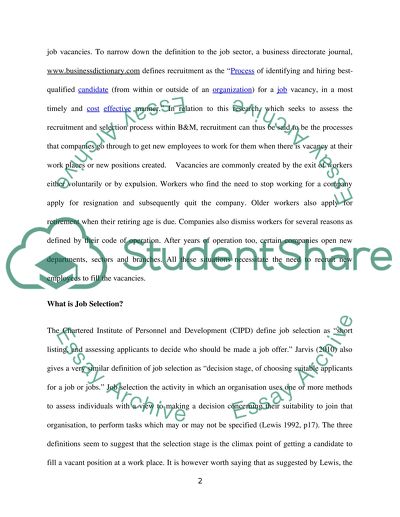Cite this document
(“Literature review Example | Topics and Well Written Essays - 3000 words”, n.d.)
Retrieved from https://studentshare.org/gender-sexual-studies/1405302-literature-review
Retrieved from https://studentshare.org/gender-sexual-studies/1405302-literature-review
(Literature Review Example | Topics and Well Written Essays - 3000 Words)
https://studentshare.org/gender-sexual-studies/1405302-literature-review.
https://studentshare.org/gender-sexual-studies/1405302-literature-review.
“Literature Review Example | Topics and Well Written Essays - 3000 Words”, n.d. https://studentshare.org/gender-sexual-studies/1405302-literature-review.


